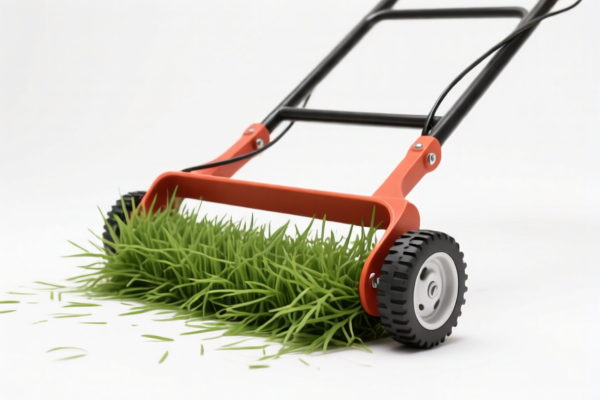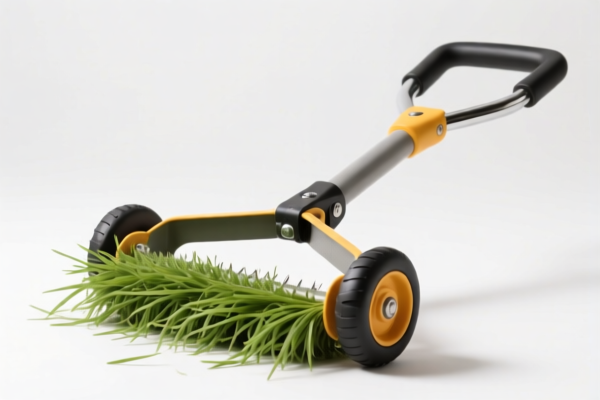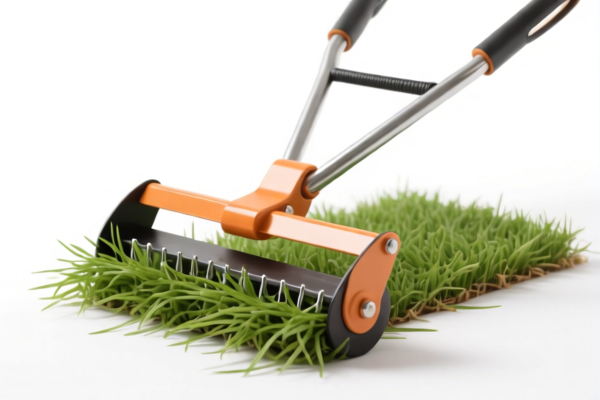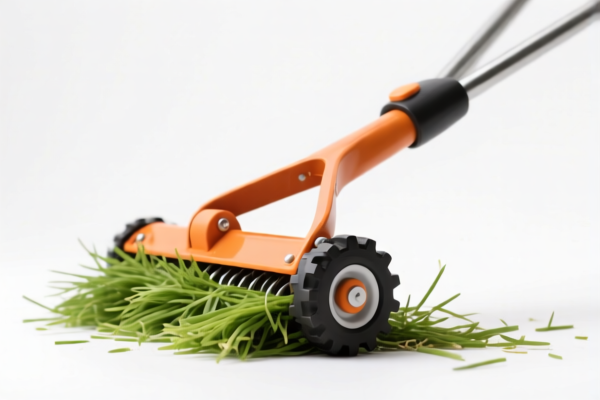| HS Code | Official Doc | Tariff Rate | Origin | Destination | Effective Date |
|---|---|---|---|---|---|
| 8433110010 | Doc | 37.5% | CN | US | 2025-05-12 |
| 8433590090 | Doc | 55.0% | CN | US | 2025-05-12 |
| 8437100000 | Doc | 55.0% | CN | US | 2025-05-12 |
| 8437800090 | Doc | 55.0% | CN | US | 2025-05-12 |
| 6701003000 | Doc | 59.7% | CN | US | 2025-05-12 |
| 6701006000 | Doc | 59.7% | CN | US | 2025-05-12 |
| 6702102000 | Doc | 38.4% | CN | US | 2025-05-12 |
| 6702104000 | Doc | 33.4% | CN | US | 2025-05-12 |




Grass Mower
A grass mower (also known as a lawnmower) is a mechanical device that uses rotating blades to cut grass to a uniform height. It is primarily used for maintaining lawns, sports fields, and other areas with grass cover.
Materials
Grass mowers are constructed from a variety of materials, chosen for durability, weight, and cost-effectiveness:
- Steel: Commonly used for the mower deck (the housing containing the blades), chassis, and blade construction due to its strength.
- Aluminum: Used in some deck constructions to reduce weight and prevent rust.
- Plastic/Polymer: Often used for housings, handles, and other non-structural components to reduce weight and cost.
- Engine Components: Typically made of cast iron, aluminum alloys, and steel.
- Wheels: Constructed from plastic or rubber.
Purpose
The primary purpose of a grass mower is to maintain a consistent grass height for aesthetic and functional reasons:
- Aesthetics: A neatly mown lawn is visually appealing.
- Health: Regular mowing encourages thicker, healthier grass growth.
- Pest Control: Removing tall grass reduces habitats for pests.
- Safety: Shorter grass reduces the risk of ticks and other insects.
Function
Grass mowers function by using a rotating blade(s) to cut grass. The cut grass is then managed in one of several ways, depending on the mower type (see below). The power source drives the blade rotation, and the height of the cut is adjustable via a height adjustment mechanism. Key functional components include:
- Engine/Motor: Provides power to the blade.
- Blade: The cutting component.
- Deck: The housing that contains the blade and directs airflow.
- Wheels: Provide mobility.
- Height Adjustment: Allows for variable cutting heights.
- Discharge/Collection System: Manages the cut grass.
Usage Scenarios
Grass mowers are used in a wide range of scenarios:
- Residential Lawns: The most common application.
- Commercial Landscaping: Used by professional lawn care services.
- Sports Fields: Maintaining playing surfaces for golf courses, soccer fields, baseball fields, etc.
- Parks and Public Spaces: Maintaining grass in public areas.
- Gardens: For trimming grass around obstacles and in hard-to-reach areas.
Common Types
Several types of grass mowers are available, each suited to different needs and lawn sizes:
- Rotary Mowers: The most common type, using a single blade rotating at high speed.
- Push Mowers: Manually powered, suitable for small lawns.
- Self-Propelled Mowers: Engine powered with drive wheels, easier to use on larger or sloped lawns.
- Riding Mowers: Engine powered with a seat for the operator, suitable for large lawns.
- Zero-Turn Mowers: Riding mowers with independent wheel control for maneuverability.
- Reel Mowers: Use a rotating cylinder with blades that cut grass with a scissor-like action. Often used for fine lawns and golf courses. Can be manual or powered.
- Robotic Mowers: Automated mowers that operate within a defined boundary.
- Flail Mowers: Use rotating blades to chop grass into fine pieces. Typically used for larger areas and rough terrain.
- Hover Mowers: Float on a cushion of air, suitable for uneven terrain and slopes.
- Cylinder Mowers: Similar to reel mowers, providing a very clean cut.
Grass mowers fall under the category of harvesting or threshing machinery, specifically those used for cutting grass. Here are the relevant HS codes based on the provided information:
- 8433110010: This HS code covers harvesting or threshing machinery, including straw or fodder balers and grass mowers. Specifically, it refers to powered mowers for lawns, parks, or sports grounds with a cutting device rotating in a horizontal plane, including electric mowers (including battery-operated ones). The total tax rate is 37.5%, comprised of a 0.0% base tariff and a 7.5% additional tariff, increasing to 30.0% additional tariff after April 2, 2025.
- 8433590090: This HS code also falls under harvesting or threshing machinery, but it covers other harvesting machinery and threshing machinery. This could apply to grass mowers not specifically covered by 8433110010. The total tax rate is 55.0%, comprised of a 0.0% base tariff and a 25.0% additional tariff, increasing to 30.0% additional tariff after April 2, 2025.
Explanation of HS Code Structure (based on provided information):
- 84: This chapter covers nuclear reactors, boilers, machinery and mechanical appliances; parts thereof.
- 33: This heading specifically covers harvesting or threshing machinery, including straw or fodder balers.
- 110010 / 590090: These are further subdivisions specifying the type of machinery (powered mowers for lawns, parks, or sports grounds vs. other harvesting machinery).
It is important to determine whether the grass mower is specifically designed for lawns, parks, or sports grounds (8433110010) or falls into the broader category of "other" harvesting machinery (8433590090) to ensure correct classification.
Customer Reviews
No reviews yet.